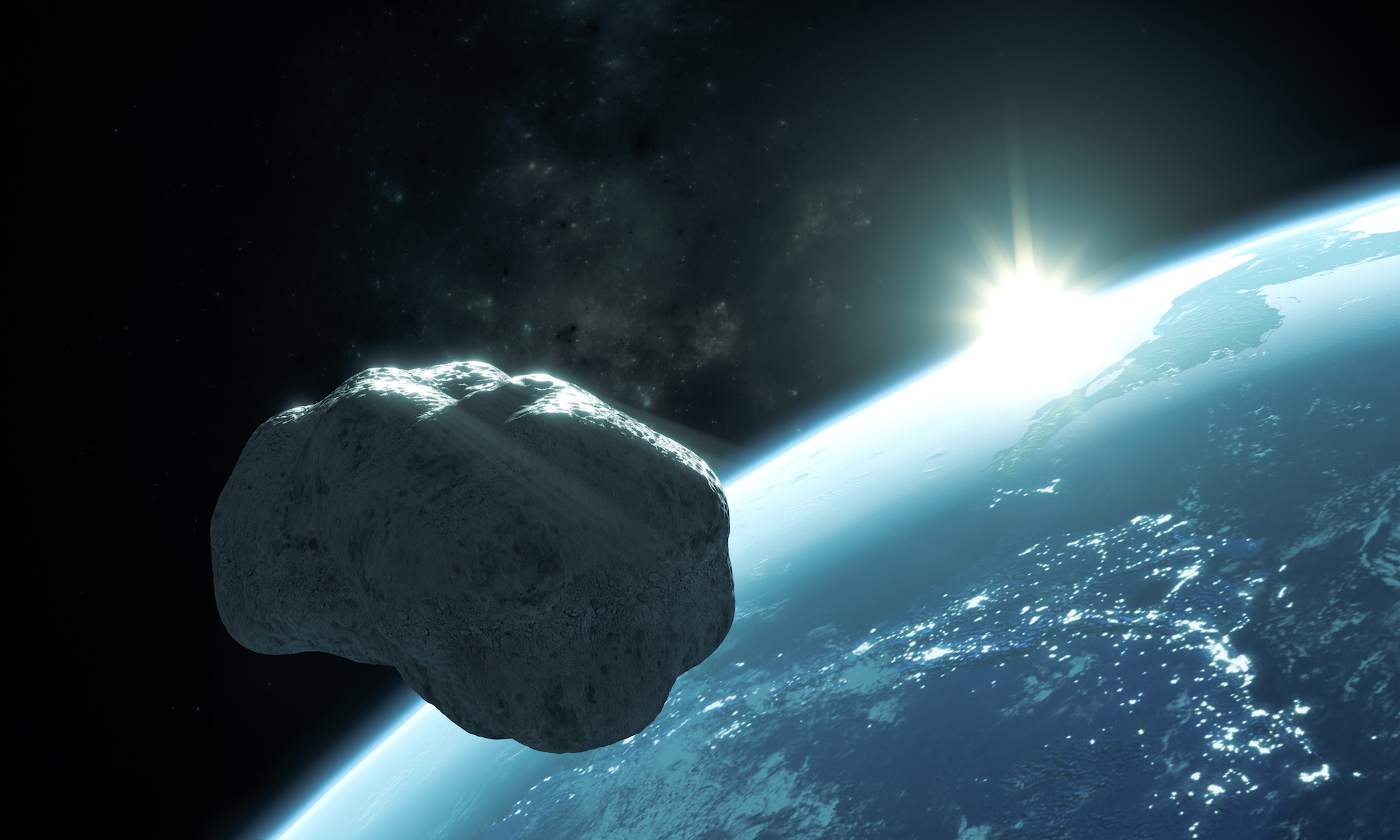Possible new 'minimoon' discovered orbiting Earth
It's been with us for three years, astronomers say. Sadly, it'll probably be gone by spring.

Tumbling through Earth's increasingly crowded orbit are about 5,000 satellites, half a million pieces of human-made debris and only one confirmed natural object: the moon. Now, astronomers working out of the University of Arizona's Steward Observatory think they may have discovered a second natural satellite — or at least a temporary one.
Meet 2020 CD3, Earth's newest possible "minimoon."
BIG NEWS (thread 1/3). Earth has a new temporarily captured object/Possible mini-moon called 2020 CD3. On the night of Feb. 15, my Catalina Sky Survey teammate Teddy Pruyne and I found a 20th magnitude object. Here are the discovery images. pic.twitter.com/zLkXyGAkZlFebruary 26, 2020
A minimoon, also known as a temporarily captured object, is a space rock that gets caught in Earth's orbit for several months or years before shooting off into the distant solar system again (or burning up in our planet's atmosphere).
Related: Could the moon act as a fishing net for extraterrestrial life?
While astronomers suspect there is at least one minimoon circling Earth at any given time, these tiny satellites are rarely discovered, likely because of their relatively small size. Until now, only one confirmed minimoon has ever been detected: a 3--foot-wide (0.9 meters) asteroid called 2006 RH120, which orbited Earth for 18 months in 2006 and 2007.
Now, there may be a second. Kacper Wierzchos, a senior research specialist for the NASA and University of Arizona-funded Catalina Sky Survey, announced the discovery of a new temporarily captured object via Twitter yesterday (Feb. 25). The object appears to measure between 6.2 and 11.5 feet (1.9 to 3.5 m) in diameter and has a surface brightness typical of carbon-rich asteroids, Wierzchos wrote.
According to an orbital model by amateur astrophysicist and San Francisco high school physics teacher Tony Dunn, the potential minimoon has likely been trapped by Earth's gravity for about three years now and could make its exit in April 2020, resuming its regularly scheduled journey around the sun.
Sign up for the Live Science daily newsletter now
Get the world’s most fascinating discoveries delivered straight to your inbox.
Here's an animated GIF of our new mini-moon 2020 CD3, discovered by @WierzchosKacper. Rotating frame keeps the Earth/Sun line stationary. Orbital elements courtesy of IUA MPEC. https://t.co/dok3jn3G9hhttps://t.co/x1DXWLq2vm pic.twitter.com/O3eRaOIYjBFebruary 26, 2020
In a perfect universe, our departing minimoon would fly off and become trapped by the moon's gravity, creating an even rarer class of object: a moonmoon. Sadly, moonmoons remain only theoretical, and our possible new minimoon comes with some caveats of its own. While the object's existence has since been confirmed by several other observatories, further analysis is required to say for certain that the object is an extraterrestrial rock and not a large shard of space junk. Hopefully, we'll have an answer before April.
- The 12 strangest objects in the universe
- 5 strange, cool things we've learned about the moon
- 9 epic space discoveries you probably missed in 2019
Originally published on Live Science.
OFFER: Save at least 53% with our latest magazine deal!
With impressive cutaway illustrations that show how things function, and mindblowing photography of the world’s most inspiring spectacles, How It Works represents the pinnacle of engaging, factual fun for a mainstream audience keen to keep up with the latest tech and the most impressive phenomena on the planet and beyond. Written and presented in a style that makes even the most complex subjects interesting and easy to understand, How It Works is enjoyed by readers of all ages.

Brandon is the space/physics editor at Live Science. His writing has appeared in The Washington Post, Reader's Digest, CBS.com, the Richard Dawkins Foundation website and other outlets. He holds a bachelor's degree in creative writing from the University of Arizona, with minors in journalism and media arts. He enjoys writing most about space, geoscience and the mysteries of the universe.











